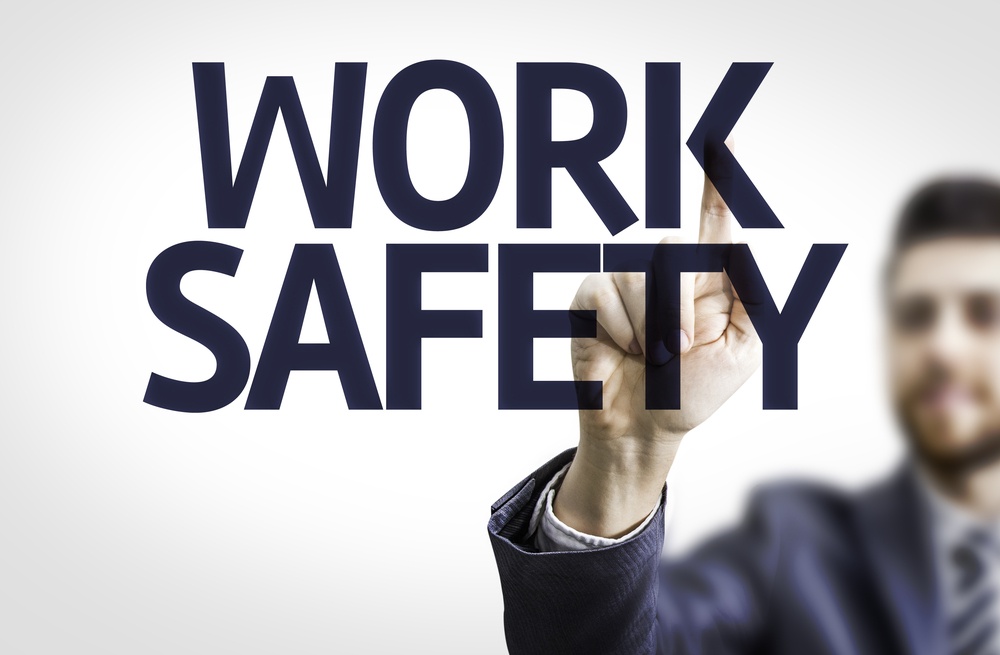
Our latest article from the A to Z of fleet management series is directed at some of the more inconspicuous stakeholders. And as such, we are pretty sure we will catch the attention of those who often work in this important area, but are usually “behind the scenes”. Yes, health and safety officers, we are talking about you!
Health and safety, or, in other words, occupational health and safety, or again workplace health and safety, is concerned with the effect that the specific workplace environment and the tasks required in the day-to-day running of a business has upon anyone with which it comes into contact, and this applies wherever it is operating in a commercial capacity: this includes employees, possibly family members, customers or a more extended group of people. Take a moment to consider how this applies for businesses that operate vehicles.
Dealing with the protection of employees and other categories of people does not only involve a series of preventive actions to be implemented in order to prevent the health and safety of those involved being compromised, but those actions also need to be informed by the regulations that specifically apply to that particular sector, task, category of worker and, of course, depends on the country where the business is operating. This is why when we consider health and safety we are also considering legal compliance.
But what’s the story with health and safety officers? It seems in a lot of cases, as happens with fleet managers, when it comes to smaller businesses, health and safety officers with specific workplace health and safety responsibilities do not in fact exist. Conversely, for larger companies that have a greater pool of vehicles, there is usually a dedicated health and safety officer who is also partly sharing responsibilities with a fleet director. Particularly in these cases, the health and safety officer is a sort of a legal reference for the company and can best advise when new regulations come into effect or when different processes are being adopted by a company and they are expected to oversee whether they adhere to local/global law and health and safety at work regulations. In smaller companies, the person responsible for the role in absence of a dedicated health and safety officer is often the owner, the fleet director in some cases or the human resources department.
When it comes to decision-making about health and safety, it is very unlikely that health and safety officers alone implement processes that involve risk assessment, training or best practices that should be integrated into work practices. There is generally cooperation within all departments, so the contribution of the health and safety officer is key to understanding what can legally be done in some cases, but in others management might want to prevail over some choices, even though their directives might not be fully compliant.
Running vehicles at work should instead be regarded with the utmost importance as it continues to be one of the most frequent causes of injuries or fatalities. About half of the incidents reported to happen in transport in the workplaces every year still make up an extremely significant percentage and seems to indicate that the role and advice of the health and safety officer is still not taken seriously enough. Sites and workplace, drivers and vehicles need to be managed in the safest way possible while complying with the existing legislation. As usual, if you are not clear how this can be realised, don’t hesitate to contact us.



